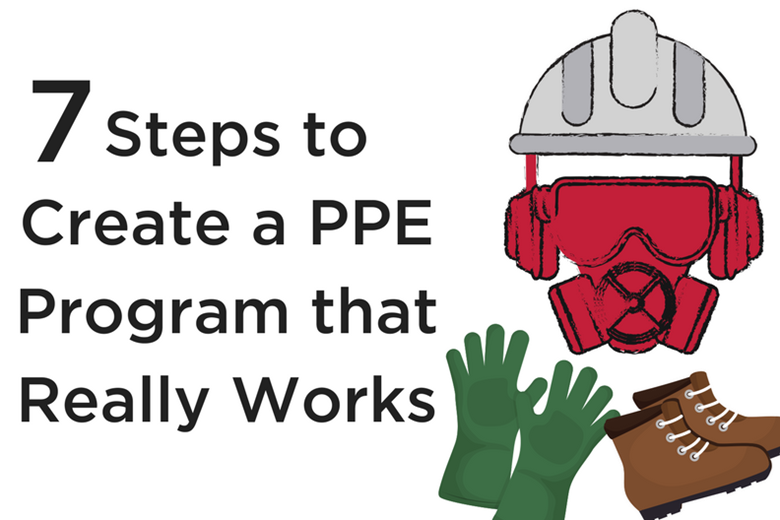HYDRATION IN THE HEAT

Preventing Dehydration When Working in Hot Environments
Summer is officially here, and while there are those lucky few who can escape the temperature in air-conditioned vehicles and offices, many work outdoors and put their health at risk of dehydration.
Working in heat is a reality for many industries that operate under direct sunlight such as construction or farming, or even those industries exposed to radiant heat from hot machinery, often indoors, like boilermakers or factory workers. With the temperature continuing to rise, it is essential that businesses have heat management strategies and appropriate equipment and supplies available to ensure the health and safety of their workers.
The Importance of Hydration
Heat stress and dehydration are caused when the body is exposed to more heat than it can cope with. Such things as air temperature, humidity, clothing, the intensity of physical activity and the duration are all contributing factors.
Working in intense heat can raise normal body temperature causing heat stress and dehydration which has the ability to impair thinking and reaction times, putting workers at risk of injury by being susceptible to making errors, dropping tools or stumbling.

Dehydrated workers can show the following symptoms:
- Muscle cramps
- Light-headedness
- Speech confusion
- Fainting
Those at greater risk, are people who are overweight or physically unfit, not acclimatised to working in the heat, and are over 65.
Top Tips for Staying Hydrated
According to WorkCover Queensland, workers won’t feel thirsty until they have lost 1–2% of their body weight in fluid and should drink to keep pace with sweat losses. Some top tips to avoid workplace dehydration include:
1. Start the day hydrated: Workers should aim to start each day hydrated and for particularly hot days or jobs that require excessive exercise, this may mean hydrating the night before.
2. Recognising the signs of dehydration: Dry mouth, headaches, thirst, fatigue, dizziness and/or lack of concentration.
3. Allowing access to water and electrolytes: Where possible, ensure workers have access to cool drinking water and an oral rehydration solution such as Hydralyte, when necessary.
4. Avoiding work in direct sunlight: Where possible, arrange outdoor work early in the morning or late in the afternoon.
5. Being sun smart: Wear light-coloured, loose clothing to permit good airflow, broad-brimmed hats, sunglasses with UV and glare protection ratings, etc. Sunburn stops your body from cooling itself down properly.
CONTACT US
For your safety equipment needs such as Furnace Clothing and Firefighting Clothing, contact us at Elliotts Quality Safety Gear. Call us on 07 3265 2944 or message us on our Contact Page.






